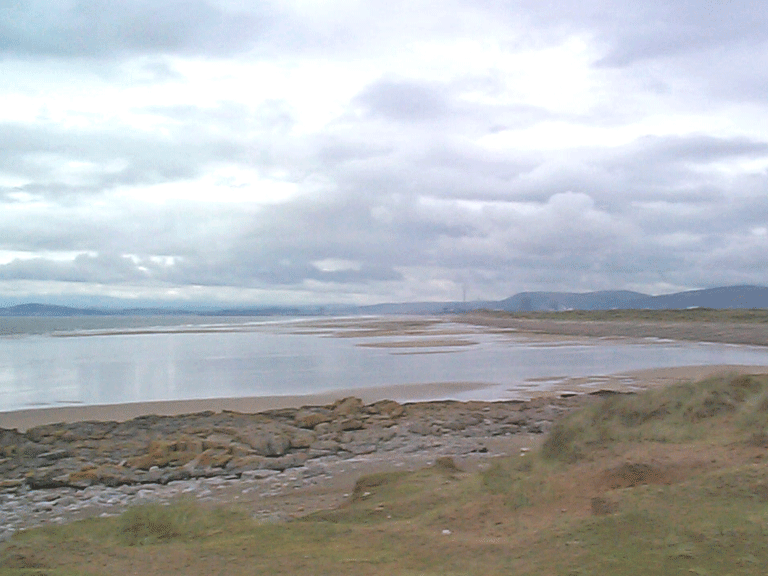Merthyr Mawr, Kenfig and Margam Burrows
005 Margam and Kenfig Sands

HLCA 005 Margam and Kenfig Sands
Present-day intertidal zone; intertidal features: post-medieval wrecks; buried archaeology: prehistoric - post-medieval find scatters; modern industrial/military structures; historic associations.Back to Map
Historic Background
The historic landscape area of Margam and Kenfig Sands is a lengthy stretch of intertidal sands noted for numerous find scatters, including that from the wreck of the Anne Francis, a Tudor cargo vessel lost just north of Sker Point in 1583.
Historic Landscape Characteristics
Margam and Kenfig Sands is currently characterised by its nature as intertidal zone, ie the area between high and low water. The overriding landscape characteristic is of sand beach to the north and south of the mouth of the Afon Cynffig, River Kenfig, with a minor rock outcrop of Gwely'r-misgl, defined by coastal edge of extensive sand dunes. At the time when this characterisation was carried out, the main indicators of past land-use from the area were find scatters, which date from the prehistoric to the post-medieval periods: these include prehistoric aurochs bones, Bronze Age socketed axes, Roman quern stones and early medieval pins, either indicative of buried sites and landscapes in the vicinity, or finds from wrecks. However, subsequent exposure of peat beds on the foreshore has provided graphic information of human activity in the form of footprints and cattle hoof prints. Structural remains are scant, and exclusively comprise modern industrial/military structures of concrete/brick of unspecified purpose and a number of post-medieval shipwrecks. The area has well-established historic associations, the coast being notorious as a haunt of wreckers and cargo looters during the 18th and 19th centuries. The beach here is also known as the traditional venue for the old game of Bandy, or Bando, played between rival parish teams until superseded by Rugby during the 1870s.